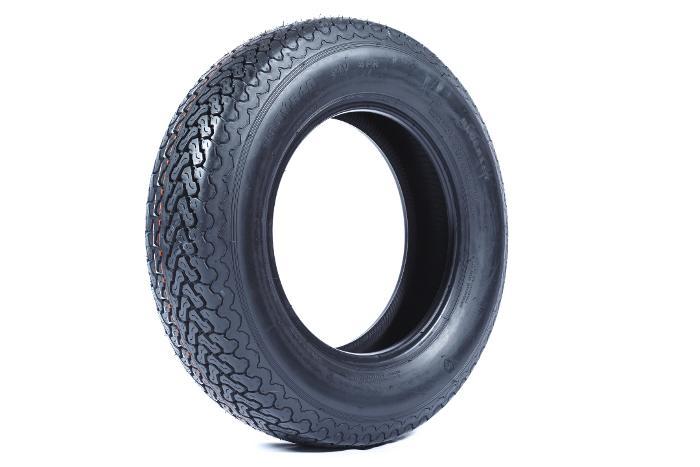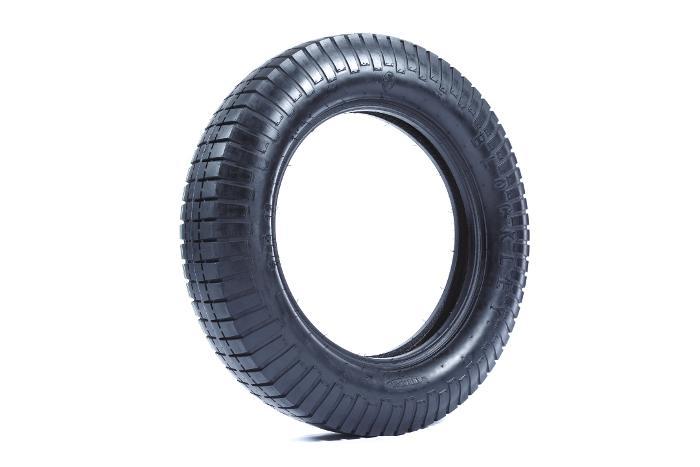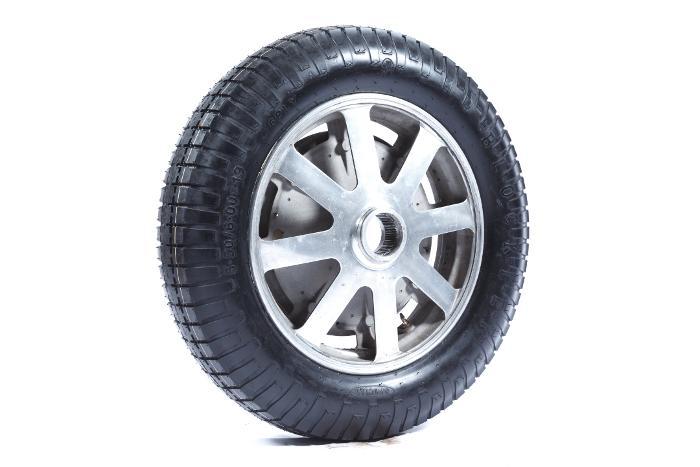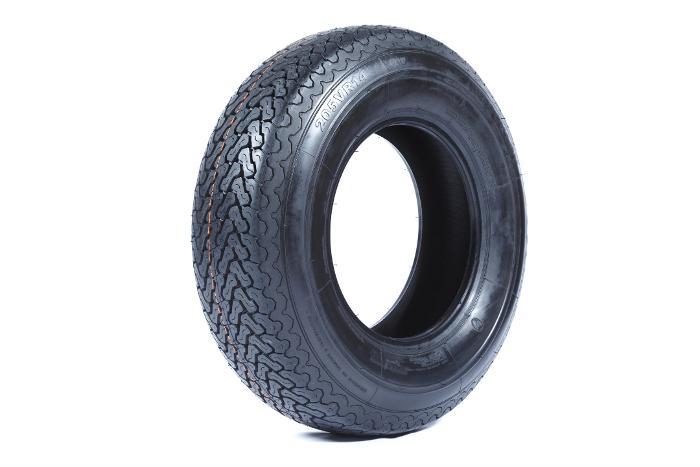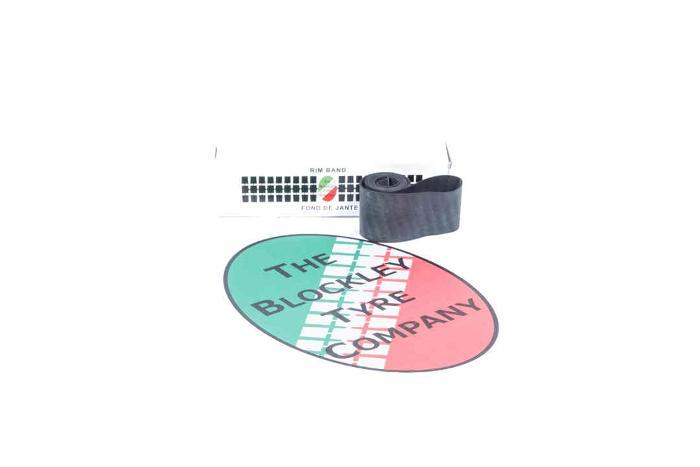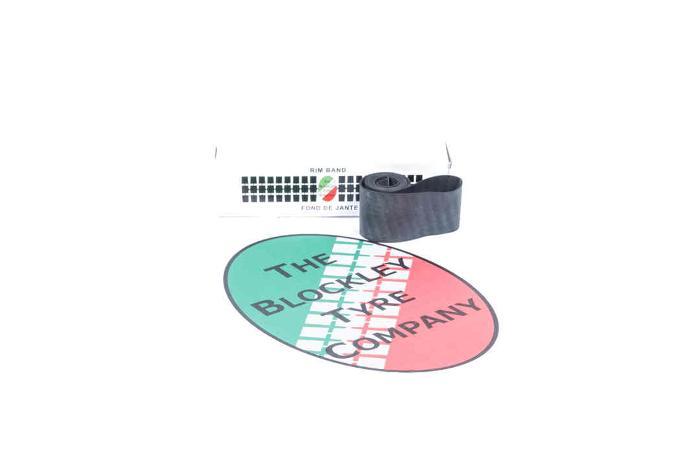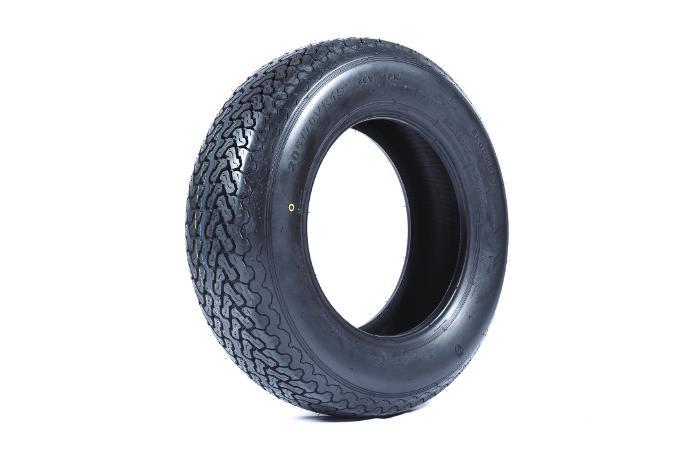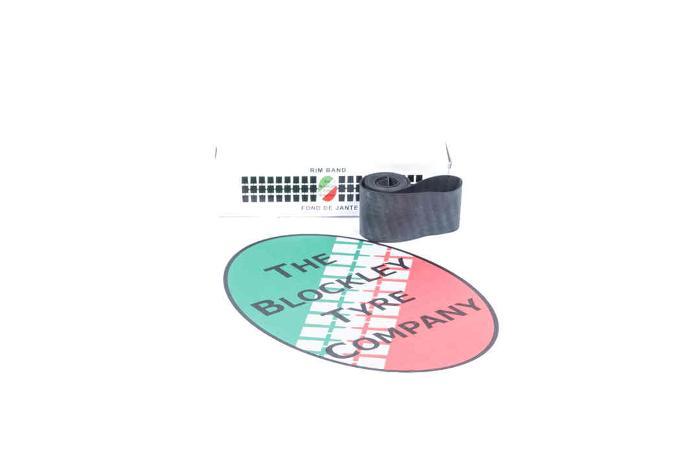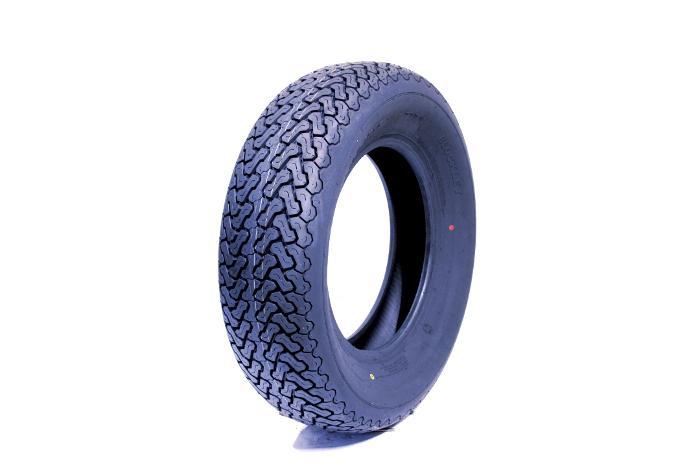Jaguar
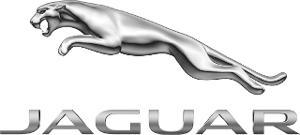
From building sidecars and later making bodies on many makes of car under the name Swallow, the company started selling it's own SS cars in 1931, all of them using chassis supplied by The Standard Car Co. SS stood for Swallow Sidecar. The SS2 had smaller engines while the SS1 (Saloon, Tourer, Airline etc.) were just stunning, yet sold at a fraction of the cost of what customers were expecting - a talent William Lyons excelled in. The sportier SS90 which led to the SS100 in 2 1/2 litre (actually 2663cc) and 3 1/2 litre were very popular as they had impressive straight line performance, yet cost no more than, for example, a sporting Riley.
Post war, when the factory was no longer being used for munitions and aircraft work, the older models were revived but the name SS was now understandably side lined in favour of just Jaguar! Walter Hassan and William Lyons had many discussions about what a post war Jaguar should be, while both on fire watching duty in Coventry during the Blitz, Lyons being insistent on a twin overhead cam engine which is what resulted in the 3.4 litre XK120 (and later 140 & 150) in 1948 powering everything from Mk5 to Mk8, and to C and D types. This engine was enlarged to 3.8 litre as developed in the USA by Alfred Momo for the Briggs Cunningham Listers, and this larger capacity soon became available for the Mk2, Mk9 and Mk 10 as well as the series one E types. By 1964 the engine had been stretched using a new block casting to 4.2 litres for the later Series 1 E types and XJ6. Later came the 5.3 litre V12s introduced in 1971 for the Series 3 E type followed by the XJ12 in 1972. After the last of the V12 E types there was the XJS for 1975, and by 1993 nearly 80,000 had been produced.
